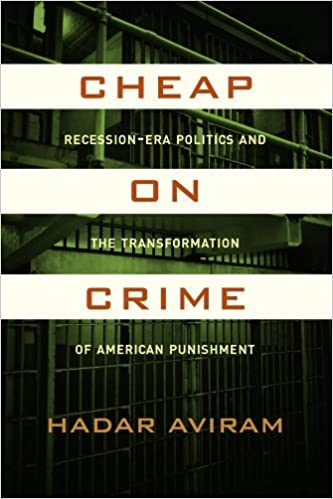The Ella Baker Center‘s recent report, titled Who Pays? The True Cost of Incarceration on Families employed trained community researchers who reached directly into communities in 14 states, probing into the financial costs faced when a family member goes to jail or prison, the resulting effects on physical and mental health, and the challenges and barriers encountered by all when an individual returns home. The research included surveys with 712 formerly incarcerated people, 368 family members of the formerly incarcerated, 27 employers, and 34 focus groups with family members and individuals impacted by incarceration.
The key findings of the report are as follows (to read the full report, click here):
People with convictions are saddled with copious fees, fines, and debt at the same time that their economic opportunities are diminished, resulting in a lack of economic stability and mobility. Forty-eight percent of families in our survey overall were unable to afford the costs associated with a conviction, while among poor families (making less than $15,000 per year), 58% were unable to afford these costs. Sixty-seven percent of formerly incarcerated individuals associated with our survey were still unemployed or underemployed five years after their release.
Many families lose income when a family member is removed from household wage earning and struggle to meet basic needs while paying fees, supporting their loved one financially, and bearing the costs of keeping in touch. Nearly 2 in 3 families (65%) with an incarcerated member were unable to meet their family’s basic needs. Fortynine percent struggled with meeting basic food needs and 48% had trouble meeting basic housing needs because of the financial costs of having an incarcerated loved one.
Women bear the brunt of the costs—both financial and emotional—of their loved one’s incarceration. In 63% of cases, family members on the outside were primarily responsible for court-related costs associated with conviction. Of the family members primarily responsible for these costs, 83% were women.
In addition, families incur large sums of debt due to their experience with incarceration. Across respondents of all income brackets, the average debt incurred for court-related fines and fees alone was $13,607, almost one year’s entire annual income for respondents who earn less than $15,000 per year.
Despite their often-limited resources, families are the primary resource for housing, employment, and health needs of their formerly incarcerated loved ones, filling the gaps left by diminishing budgets for reentry services. Two-thirds (67%) of respondents’ families helped them find housing. Nearly one in five families (18%) involved in our survey faced eviction, were denied housing, or did not qualify for public housing once their formerly incarcerated family member returned. Reentry programs, nonprofits, and faith-based organizations combined did not provide housing and other support at the levels that families did.
Incarceration damages familial relationships and stability by separating people from their support systems, disrupting continuity of families, and causing lifelong health impacts that impede families from thriving. The high cost of maintaining contact with incarcerated family members led more than one in three families (34%) into debt to pay for phone calls and visits alone. Family members who were not able to talk or visit with their loved ones regularly were much more likely to report experiencing negative health impacts related to a family member’s incarceration.
The stigma, isolation, and trauma associated with incarceration have direct impacts across families and communities. Of the people surveyed, about one in every two formerly incarcerated persons and one in every two family members experienced negative health impacts related to their own or a loved one’s incarceration. Families, including their incarcerated loved ones, frequently reported Post-Traumatic Stress Disorder, nightmares, hopelessness, depression, and anxiety. Yet families have little institutional support for healing this trauma and becoming emotionally and financially stable during and post incarceration.
These impacts hit women of color and their families more substantially than others, deepening inequities and societal divides that have pushed many into the criminal justice system in the first place. Almost one in every four women and two of five Black women are related to someone who is incarcerated.4
Poverty, in particular, perpetuates the cycle of incarceration, while incarceration itself leads to greater poverty. Estimates report that nearly 40% of all crimes are directly attributable to poverty5 and the vast majority (80%) of incarcerated individuals are low-income.6 In fact about two-thirds of those in jail report incomes below the poverty line.7 The research in this report confirms that the financial costs of incarceration and the barriers to employment and economic mobility upon release further solidify the link between incarceration and poverty.
Most of all, this report’s collaborative research found that while supportive families and communities can help reduce recidivism rates, these bedrocks of support lack the necessary resources to help incarcerated individuals serve out their sentences and reenter society successfully. It is not enough to reform the criminal justice system without considering its purpose and impact on communities. Institutions with power must acknowledge the disproportionate impacts the current system has on women, low-income communities, and communities of color and address and redress the policies that got us here. Additionally, society as a whole must rethink our approach to accountability and rehabilitation, shift perceptions, and remove barriers that prevent formerly incarcerated individuals and their families from getting another chance at life.









